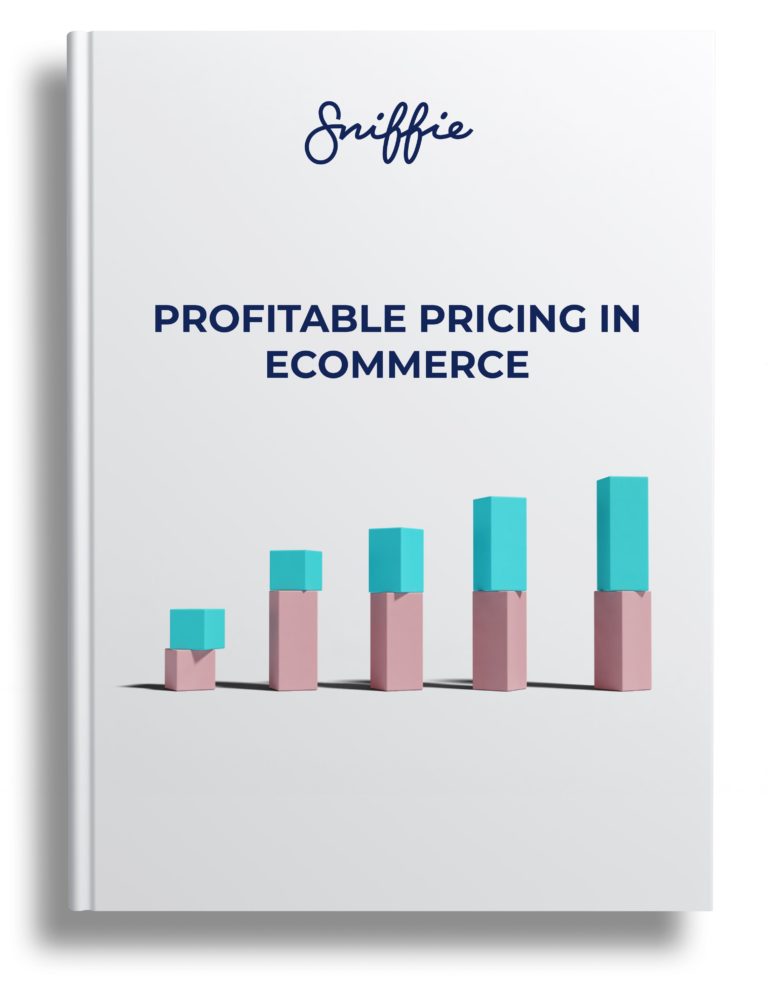Introduction to market based pricing strategy
Market based pricing or a market based strategy is a process where pricing is based on competitor pricing / market pricing. When done automatically it is called dynamic pricing. Depending upon what a product has to offer (more or less than a competing product), businesses decide their prices for their products. In other words, you look at your products and the positioning of them. By comparing those to competing products, i.e. their positioning and how they are priced, you get the information to price your products.
Who is market based pricing for?
Whether you run a small scale business or a large organization, market-pricing strategies require some serious consideration. Imagine setting a ridiculously low price for an uber-cool, multi-featured product or a sky-touching price for a low-quality offering. Naturally, none of these options will do you any good. The other pitfall is also that to base your pricing on competition, you need a lot of data and serious automation. In cases where your competitors are making pricing mistakes, you might be following them.
The correct market-pricing strategy will help a business reach a sweet spot between building product value and pricing, which will optimize a business for success. Henceforth, strategic-market pricing is ideal for every business type as it acts as the determinant as to how products/services must be priced so that it helps achieve profitability goals.
Read the complete story on pricing strategies

Read the complete story on pricing strategies

Industry example
Looking for a new car, let’s say an Audi or a BMW. Make a simple Google search online and you quickly realize that the cars from the competing companies are relatively close in price and in features. Why? Because both of the above-mentioned companies are using market-based pricing and price their products based on the products’ position on a given market.

How can you create a profitable market based pricing strategy?
Clearly, as a business, you must be aiming for generating hihg-revenue. Market-based pricing strategies can help you to achieve your profit objectives. Here is how you can design a market-based pricing strategy for your business.
Understand your business goals
Analyze your business goals and get closer to desining the perfect marketing strategy based on it. Here are just some of the goals that might be relevant for you and your business:
- Increase revenue per customer
- Larger market share
- New product introduction
- Fill capacity and utilize resources
- Beat the competition
- Market penetration
- Improve cash flow
- Reach a new segment
- Increase in profitability
- Increase prospect presence
- Increase prospect conversion
Find out what your goal is and then proceed to the next step.
Study the market pricing criteria
a) If your competitors have set low prices for a service
Then your product/service must be priced accordingly. If you are worried about running into losses, it might be time to take another look at your cost structure. Another option is that your product is more valuable than your competitors’ in which case you need to make sure you market it as a premium product.
b) Beat the brands that sell highly-valued products/services
Highly-priced products = Superior quality delivery + unprecedented customer service + high-quality marketing
So, if you plan to beat the higher priced brands and then put a significant emphasis on superior product marketing and delivery.
c) Understand your target audience
In order to do this, ask yourself the following questions:
- What value or benefit will my product/service bring to the customer?
- Is the product/service worth the price?
- Are the products/services fulfilling the urgent needs of the customer?
A business pricing model must align with what your customers want and why they must buy your product. For example: If you are offering the best-of-breed product, which meets the urgent needs of a customer ‘Value-based pricing’ will best suit your business!
d) Identify your direct and indirect competitors
Analyze your competitive landscape and understand the pricing model of the competitors. You must study the structure of the pricing of your competition and why they are following a particular strategy.
e) Create a pricing plan
By this time, you have gathered the necessary information; now is the time to implement an action plan.
There are endless strategies, limitless approaches; the question arises as to which one will suit your business needs.
Once you’ve created your pricing strategy, implementing it is the next challenge. Luckily there is software available to help you do this easily.
Understanding different market based product pricing approaches
Penetration pricing
Launching a new product or service into the market? Then your sole purpose at the moment must be to garner the attention of the potential customers, right? This is when the penetration market strategy comes to the rescue!
Penetration pricing market strategy proposes setting low prices for a product or service when it is newly launched into a market. Setting low prices for a product makes it stand out from the other competitor products and helps increase awareness around the product in the market.
Although at the initial stages, do not expect high profits, gradually, when the business catches some pace then the revenue is bound to increase. Once a brand’s success has penetrated the target market, the prices for the same products can be increased, a win-win situation for all!
Price skimming
The price skimming strategy perfectly complements the emerging markets. This product pricing strategy involves highly over-pricing a product or service when initially introduced in the market and then subsequently lowering the price after satisfying the demand of the first lot of customers.
The temporary price discrimination is done to yield maximum profit. The prices are subsequently lowered for long term market existence and to attract more price-conscious buyers. Some of the top technological brands adopt the price skimming pricing strategy to reach the maximum number of customers.
Value-based pricing
When companies price their services or products based on the buying capacity of the target customers. In the value-based pricing strategy, the customer interest is of the highest priority. In value-based pricing, the perceived value of the product in the eyes of the consumer is what determines the products price.
High-low pricing strategy
This happens when businesses initially sells products at high price but lower the prices when the relevance of the product diminishes. In a situation like this a company has to offer discount deals and for example year-end sales because a significant drop in prices on special occasions attracts customers and helps in re-establishing your brand identity.
Read the complete story on pricing strategies

Read the complete story on pricing strategies

How to implement a profitable market based pricing strategy?
Now that we understand what it takes from us to develop a functioning market-based pricing strategy, let’s move on to a more tricky task, the implementation of the strategy.
Research the market, find exact competitors
Scrutinize the market scenario; understand where the target audience lies, what they want to buy, and how the competitors are meeting their demand while providing customer satisfaction. For businesses to flourish and to lead the market, studying the competitor techniques is vital.
Do your math, see where your margins are
Go through your revenue records; analyze your market stability, profit margins. If the statistics are in your favor, you may take the chance to set higher prices without the risk of losing your market share.
Other situations may require a brand to cut down the prices and instead focus expenditure on designing and implementing aggressive marketing techniques.
Set your price and keep track of the market performance
A company’s job does not end at setting the market-based pricing! There is still a long way to travel to provide roaring success to a business, for example continuously monitoring the competition.
With Sniffie, studying the competitive market dynamics will not be a challenge for you, this is something we can promise!
We help businesses make customized price monitoring solutions, which will take away the burden of studying excessive and sometimes unnecessary market data. Our software helps you to skim through the gigantic amount of data and focus on the competitor market.
How can we help you to build a better market based pricing strategy?
Our tools will provide a clear insight into market analytics, making it easier for businesses to design and plan market-based pricing.
Extracting web data
We collect crucial, must-have pricing data with price monitoring, and display it right to your team by taking your team onboard.
Enriching you with competitor data
Our software will extract external and internal data and place it in a robust data hub. You get what you are looking from the massive data collection by filtering down your requirements from the massive data collection and you will get the competitor data in no time.
Setting up a profitable pricing strategy
Our software supports setting pricing strategies and monitoring in customizable dashboards.
Product pricing
Once you find the pricing suggestion suitable for meeting your business objectives, take your time, come to a decision, and push the save button. Want to integrate the pricing to ecommerce platforms like Shopify? Don’t worry! We offer ready-made Shopify integration. Looking for integration with a non-existing platform? – We have the technology to find out a solution for that too.
Measure the impact
How could we miss out on this part? With our tool, you can integrate your own feed and track the success of your strategies in Sniffie.





